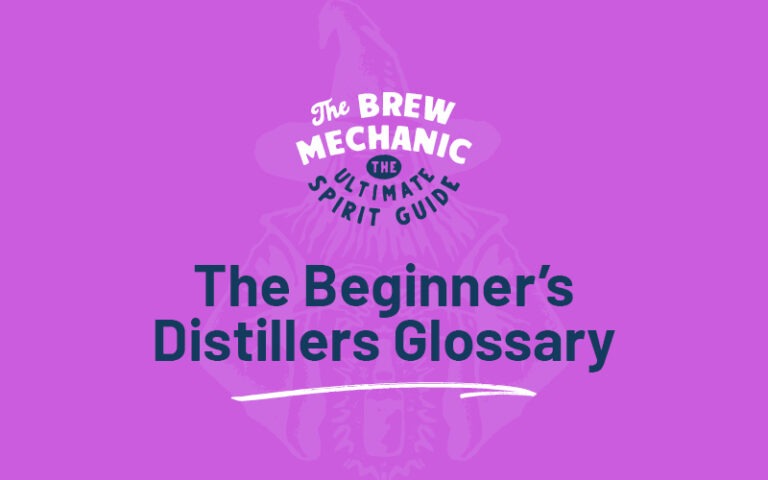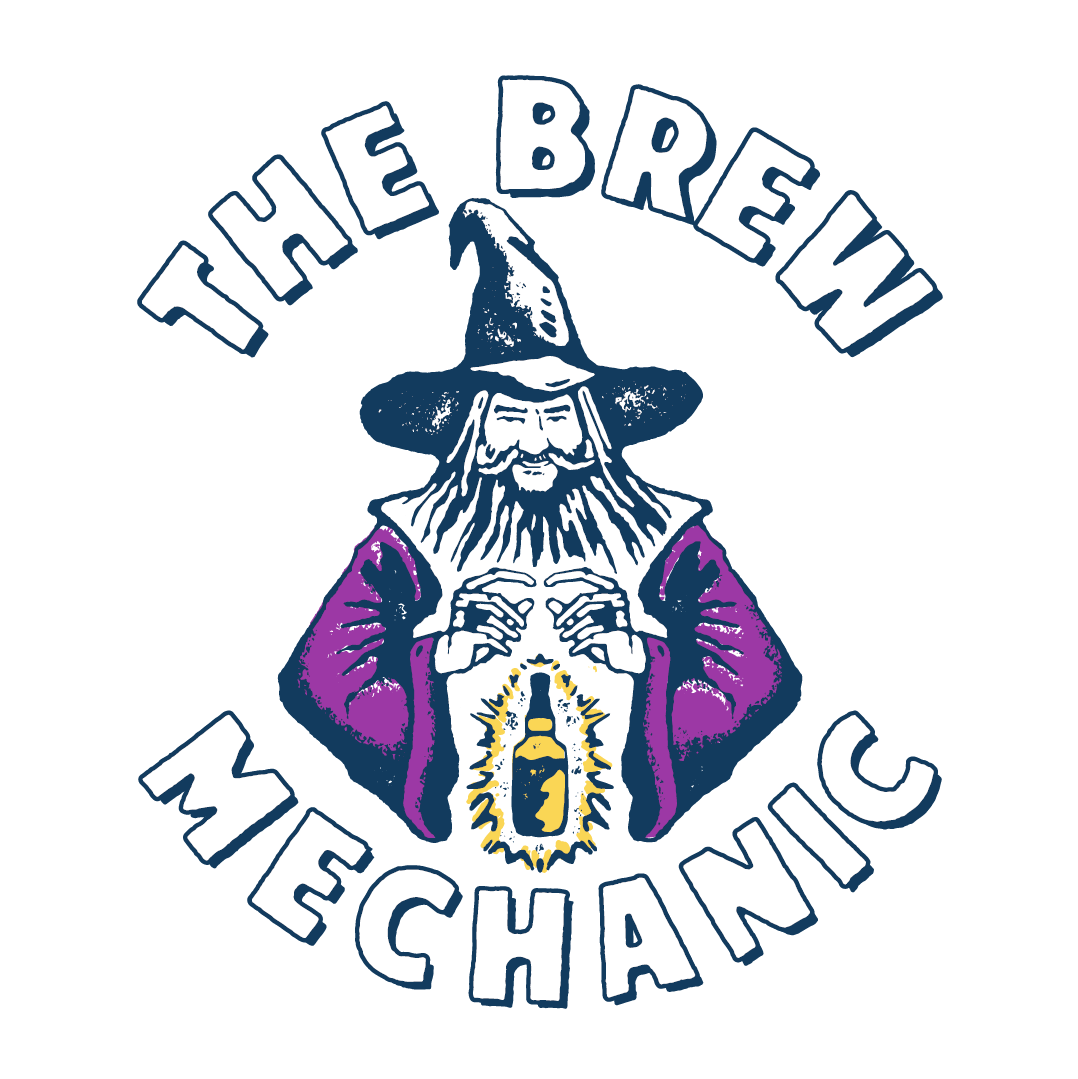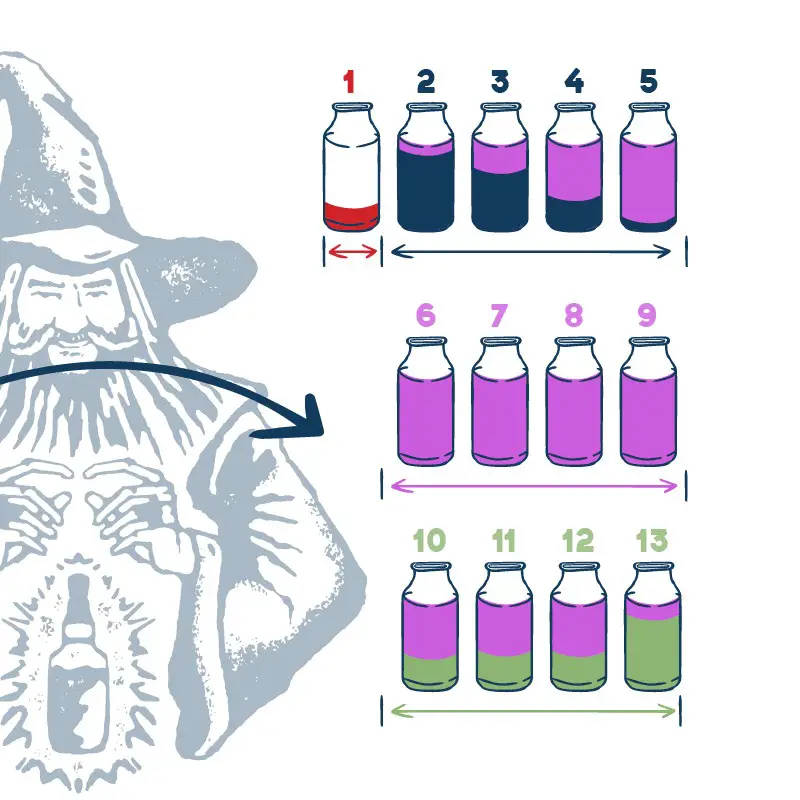The best distillers Glossary for Beginners
Today, we embark on a captivating journey through the enchanting world of a distillers Glossary for beginners
Fear not, lucky for you we are unveiling the secrets of the sugar wash and the art of distillation terminology. So gather ’round, don your lab coats, and get ready to explore the fascinating terms of a beginner distillers glossary.
I’m here to make your distilling journey as enjoyable as possible, so let’s keep things simple for now. While there are many more distillers glossary terms out there, let’s focus on the basics that you need to know at this stage.
From fermenting with sugar’s sweet touch to transforming it into liquid gold, we’ll navigate this sugary alchemy with a sprinkle of humor and a dash of charm for your reading pleasure. Enjoy!
Don’t worry, I won’t overload you with complicated stuff meant for the pros. So let’s get started!
Backset
Previous liquid/solids left in the boiler/kettle after distilling. This is mainly used when making rum and whisky for adding flavour. I don’t know about adding this spent water into a clean batch for a sugar wash as you are after a neutral spirit. Any flavour added will be scrubbed out with the reflux system.
Dunder
Dunder is the liquid/solids left in a boiler after distilling rum. This is reused in the next fermentation of rum and bourbon whisky.
Trub
Sediment, Flees, (residue) formed in the brewing process after coagulation.
Sugar Wash
Consists of water, yeast, nutrients, and exothermic reaction (energy) then converted to CO2 and ethanol. Sugar wash is our base method for distilling.
Temperature ranges
It is very important to understand the temperature ranges when the stripping is done at. This is where you understand where methanol has its boiling point.
Foreshots, heads, hearts & tails.
Opening Gravity
Density reading after adding the sugar to a wash. Known as the O/G before adding yeast & nutrients.

Final gravity
The final gravity reading is taken to measure the % alcohol and sugar in the wash.
ABV
Alcohol By Volume is the % alcohol being distilled.
Air Lock
Allows CO2 to escape from fermenter during fermentation. Only allows flow out and not in.
Carboy
Glass or plastic fermenter.
Fermentation
Conversion of sugar + nutrients + water to alcohol and CO2.
Hydrometer
Water (wash) hydrometer to measure O/G and F/G in sugar wash.
Krausen
Foam head or crust formed during the initial stage of fermentation.
First Stage
Fermentation, where oxygen is used in the fermentation.
Second Stage
Fermentation, where sugar is converted to alcohol.
Racking/Siphon
The clear liquid is siphoned from the fermenter after coagulation to the boiler/fermenter.
Alcohol Calc.
Take the O/G – F/G points X 31.25 = % alcohol in the wash you can expect, helps with cuts.
Yeast
Converts the sugar into alcohol, the heart of the process.
Nutrients
What yeast needs (food) to survive and convert sugar to alcohol.
Wort
Water malt sugar solution extract and hops
Activated Carbon
Used to sweeten, helps with aging and remove impurities from the distillate.
Airing
This is done with the heads & tails sections, allowing x amount of collected alcohol to sit with a cloth over its opening to allow the volatiles to evaporate, then checked and graded.
Pot Still
Alembic is another term for the same item. This still is for making rum. Brandy etc.
Acid wash
Measurement of wash below pH of 7.
Alkali wash
Measurement of wash above the pH of 7.
Azeotrope mix
Mixture of more than one liquid that is ismisable in water. To strip this further (95% > 98%) you need vacuum distillation etc. with pressure control not for the DIY. Here the temperature IBP and FBP plays a big part. Nice to know
Stills
Pot still simple no internals. Reflux still internals vary from scrubbers (metal /ceramics) to trays, bubble type, sieves etc. For the more expensive DIY stills can have sieve plates and sight glass. Here the height and width play an important part as it allows the interaction through the surface area. Big subject. You can get double distillation within a single run by the amount of trays, scrubbers (stainless steel wool).
Alcohols
Big subject but basically broken down to those made using the pot still (natural) and those using the reflux still (Infusion)
Botanicals
In simple tremens is what you add into the pure spirit to add the flavour. This can vary from oak chips (whisky) to fruits etc.
Your distillers Glossary journey starts now!
As you continue on this exciting adventure, you might come across more terms, but they’re mostly for professional distillers and not for us DIY enthusiasts.
Remember, there’s a whole world of knowledge waiting for you out there! If you ever want to expand your vocabulary and own distillers glossary, there are plenty of articles you can explore. They’ll help you dive deeper into the fascinating world of distilling with the Brew Mechanic.
Last Updated on July 10, 2023 by The Brew Mechanic
Disclosure: I may receive affiliate compensation for some of the links below at no cost to you if you decide to purchase a paid plan. You can read our affiliate disclosure in our privacy policy. This site is not intending to provide financial advice. This is for entertainment only.

With 35 years of knowledge of being a chemical engineer in alcohol manufacturing plants, my mission is to teach the next generation of home distilling alcohol brewers at a supernatural speed.
My reviews are based on real-life experiences with reflux stills, sugar wash, troubleshooting and mystical chemical reactions.

